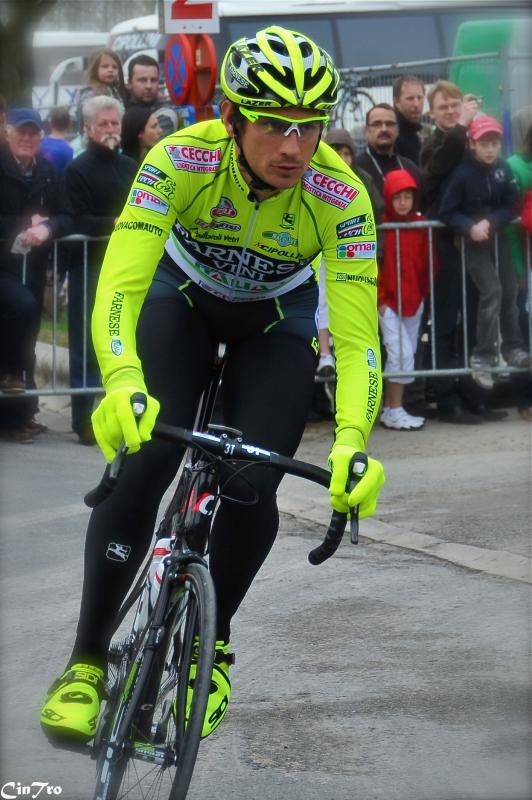It's hard to not have the image of Tom Boonen of OmegaPharma-QuickStep (OPQS) winning last Sunday's Ronde van Vlaanderen (RvV) in our minds as we consider the 2012 Paris-Roubaix (PR). In case there is any doubt, we think that Boonen is the best classics rider of his generation. Some argue that Fabian Cancellara of Radioshack-Nissan should be there, too, but we argue back that the ways with which Boonen has earned his multiple wins show that he is in a class of his own.
Tommeke's 2012 season may be historical for two reasons. First is that he joined the elite group who has won 3 editions of RvV, in the company of Johan Museeuw, Eric Leman, Achiel Buysee, and Fiorenzo Magni.
Second is that if he wins on Sunday, he will
join Roger de Vlaeminck as winner of 4 editions of PR. Back in his heyday, De Vlaeminck's black hair and dark handsome look earned him the nickname
The Gypsy. While it is true that De Vlaeminck competed in a different era, it is hard to not be awed by his collection of 4x Paris-Roubaix, 1x Ronde, 2x Lombardia, 3x Milan-Sanremo, 6x Tirreno-Adriatico and 1x Liège.
In two previous posts, we examined 10 years' worth of
RvV and
PR. If anything else, examining the many different ways that Boonen has won his three RvV and PR is a masters class in itself. With Cancellara now absent due to an unfortunate accident, we ponder how the 2012 Paris-Roubaix may play out.
Here are our thoughts on the coming 2012 edition, on how weather may play a big role, Boonen's chances, and why Juan-Antonio Flecha might pray for it to rain.







